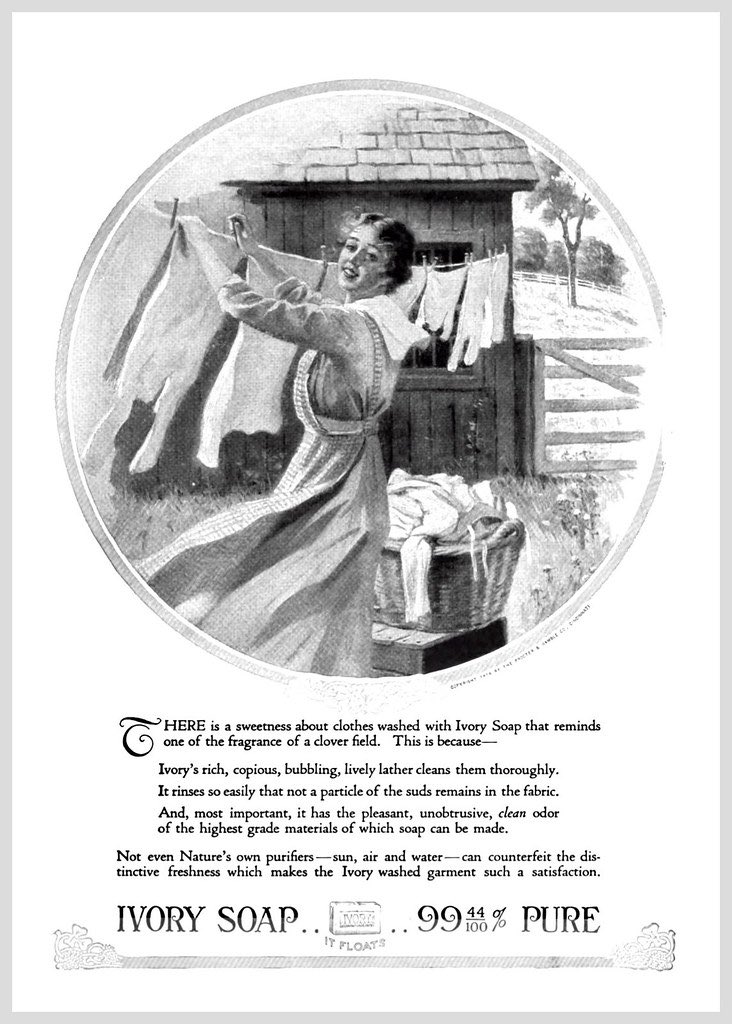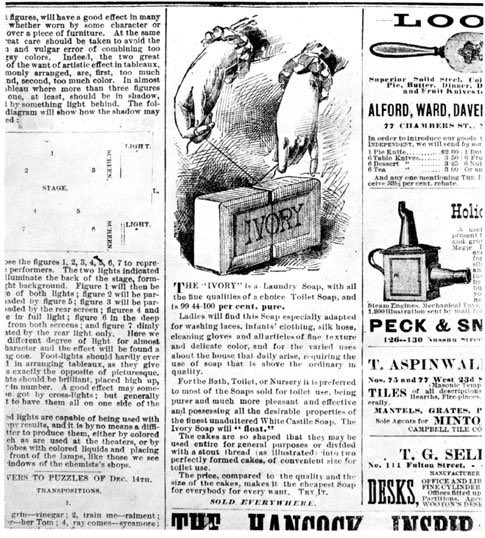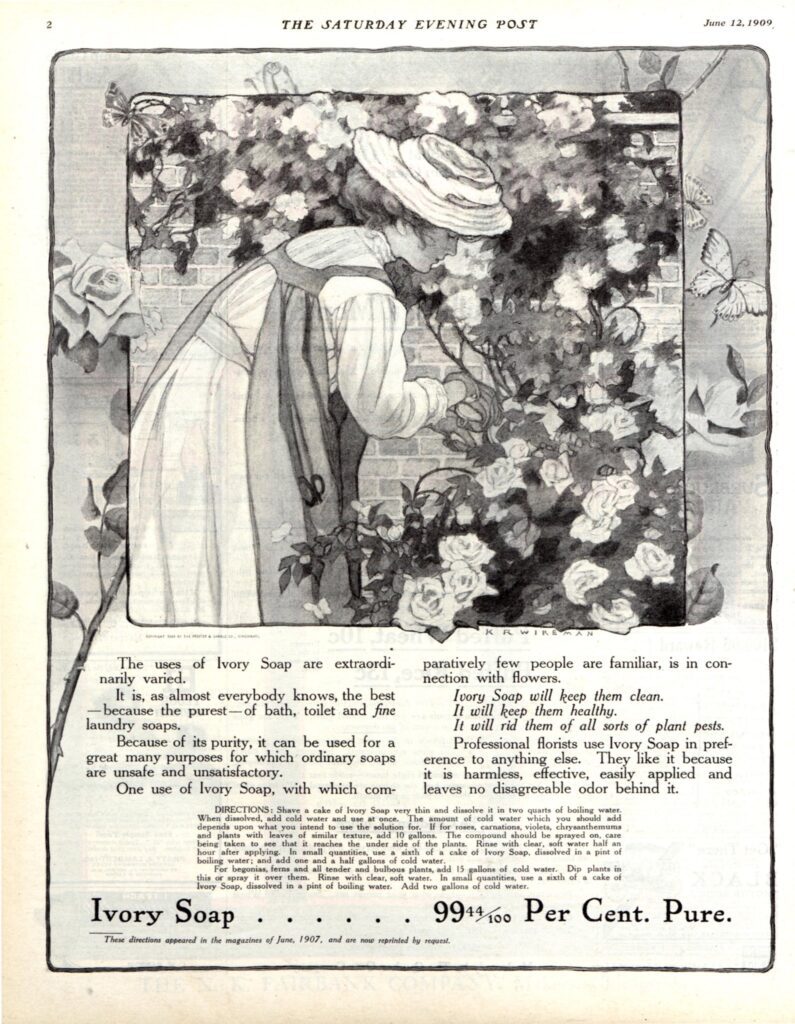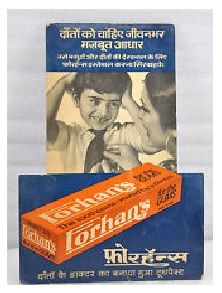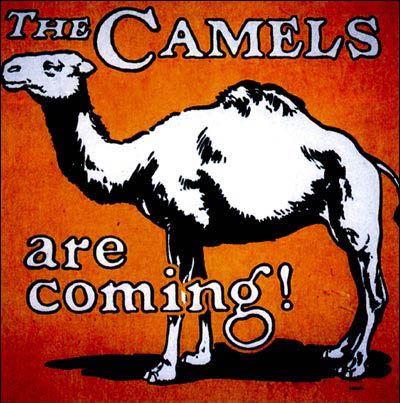Iconic Ads: Ivory – 99 and 44/100 percent pure

It was a time when people were impressed by scientific evidence. “99 and 44/1 per cent pure” had just the perfect amount of technical authenticity
James Norris Gamble, invented an affordable white soap in 1863 that floated in the water, unlike its competitors. In addition to being light and pure white, it could also be used for laundry, making it easier to find in dirty water.
Consumers were attracted to this since they could now acquire two products for the price of ten cents. The soap did not contain any colours and had a very mild scent.
The Brand
The name was created by Harley Procter, the founder’s son, who was inspired by Psalms 45:8 in the Bible: “All thy garments smell of myrrh, and aloes, and cassia, out of the ivory palaces whereby they have made thee glad.” It was decided to christen the new soap “Ivory” in honour of its white, silky appearance. “P&G White Soap” was originally going to be the soap’s name, but Procter came up with a more appropriate one.
The Advertising
To be sure, advertising in the late 1800s wasn’t without its risks! In the majority of cases, the ads were posted by untrustworthy companies making absurd promises in their ads. In 1882, Procter managed to raise the funds for advertising. He unleashed a campaign that would forever alter the soap industry.
Before that, soap was sold by grocery stores in giant wheels/ slabs, which were then cut into wedges and sold. Because it was packaged in a tiny, rectangular bar, Ivory was a game-changer! As a gift item, it gave the appearance of being extremely expensive.
To promote Ivory soap, Harley Procter sought a new approach. It was a time when people were impressed by scientific evidence. Harley felt he’d make more money selling Ivory if he could prove that it was “purer” than other soaps.
It turned out that there was no standard for soap purity, so Harley contacted a scientific consultant in New York to come up with one. The consultant came to the conclusion that a soap that was 100 per cent pure would only contain fatty acids and alkali, the unpleasant-sounding compounds that are yet the main constituents in most soap.
Then, Harley sent some Ivory Soap to universities for analysis and compared it to past analyses of castile soap, which at the time was considered the best soap available. He was pleased to learn that Ivory soap, according to his consultant, was purer than castile soap. Among the impurities were uncombined alkali (0.11%), carbonates (0.28%), and mineral matter (0.17%). Percentage: 0.56%
A legendary marketing tagline was established when Harley decided that “99 and 44/100 per cent pure” had just the perfect amount of technical authenticity to appeal to the “the unwashed.”
